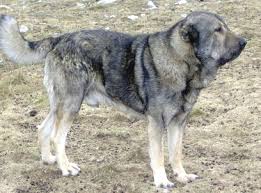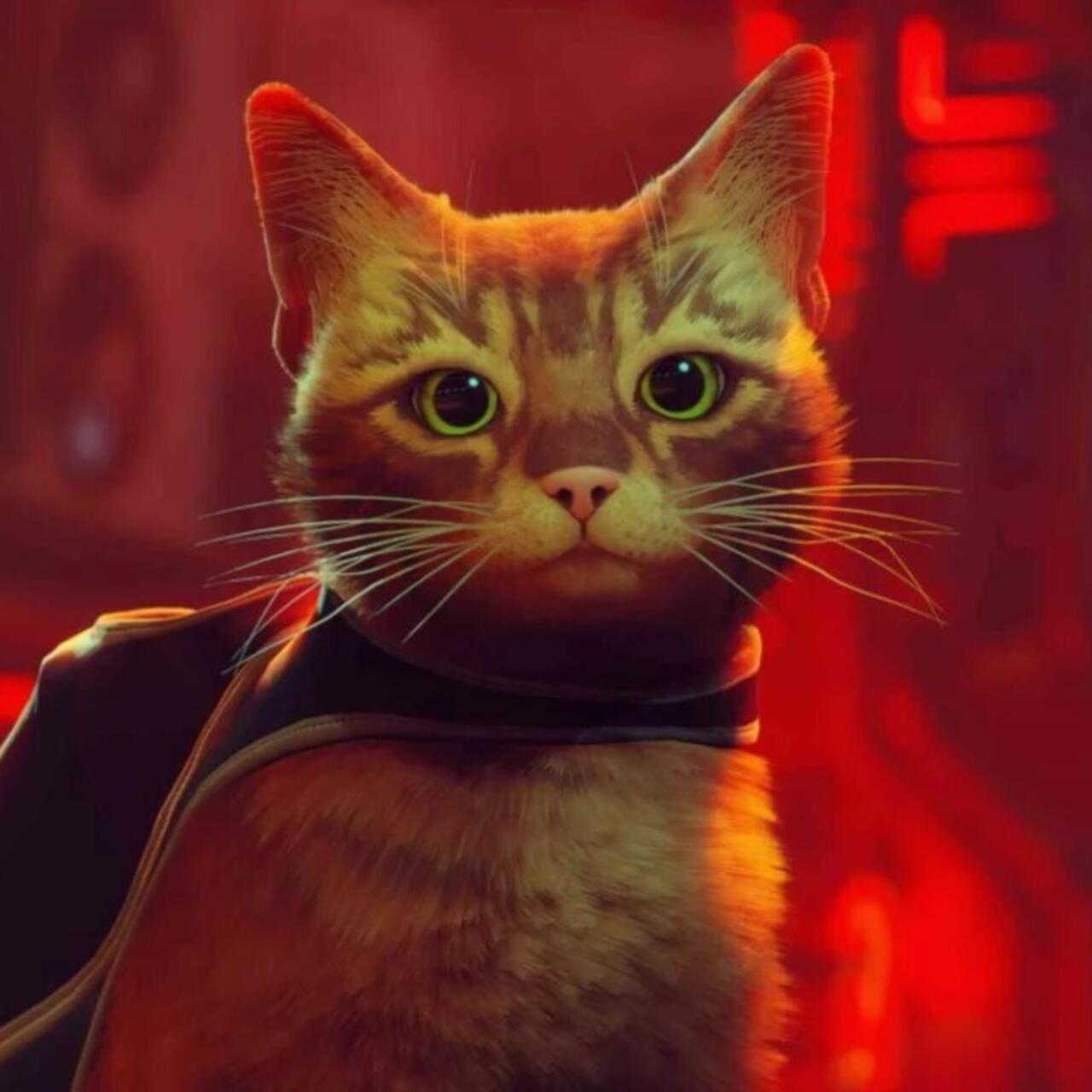
Molossus of Epirus
Conditions of detention
The Molossus of Epirus was a robust and versatile dog, capable of thriving in various environments, from mountainous regions to pastoral landscapes. They required ample space due to their size and active nature.
Useful Fact: Molossus dogs were often kept outdoors to guard livestock and property, requiring sturdy and secure enclosures.
Nutrition and diet
A balanced diet was crucial for maintaining the health and strength of the Molossus. Their diet likely included meat, bones, and occasional grains, similar to the diets of ancient working dogs.
Useful Fact: Ensuring a protein-rich diet would have been essential to support the muscle mass and energy levels of these large, active dogs.
Health
While specific health issues of the ancient Molossus are not well-documented, modern large breeds often face conditions such as hip dysplasia, joint problems, and bloat. Regular exercise and a balanced diet would have been important for maintaining their health.
Useful Fact: Routine check-ups and early detection of potential genetic conditions can help manage and prevent health issues in large breeds.
Grooming and care
The Molossus likely had a short, dense coat that required minimal grooming. Regular brushing would have helped to remove loose hair and keep their coat healthy.
Useful Fact: Minimal grooming needs made them practical working dogs, but regular inspections for parasites and skin conditions would have been necessary.
Education and training
Training a Molossus would have required consistency and firmness due to their strong, independent nature. Early socialization and training would have been crucial to manage their protective instincts.
Useful Fact: Positive reinforcement and establishing a strong bond with their handler were key in training these powerful dogs.
Toys and entertainment
As working dogs, the Molossus needed plenty of mental and physical stimulation. Activities that engaged their natural guarding and protective instincts were beneficial.
Useful Fact: Interactive and durable toys would help keep them mentally stimulated and physically active.
Safety
Ensuring a secure environment was crucial for the Molossus, given their size and strength. Proper fencing and supervision were necessary to keep them safe and prevent them from wandering.
Useful Fact: Secure enclosures and supervision were vital to prevent them from escaping and ensure they stayed safe.
Accessories
Basic accessories for the Molossus would have included sturdy collars, leashes, and possibly protective gear if used in guarding roles.
Useful Fact: Harnesses could provide better control during walks and reduce strain on their neck.
Socialization
Early and ongoing socialization was important for the Molossus to ensure they were well-adjusted and confident around people and other animals.
Useful Fact: Socialization classes and exposure to different environments would help prevent aggressive or fearful behaviors.
Travel and Transportation
Traveling with a Molossus required secure and spacious arrangements, given their size. Frequent breaks and comfortable accommodations were necessary.
Useful Fact: Using a secure crate or a seatbelt harness during car rides ensured their safety.
Behavior and psychology
Molossus dogs were known for their loyalty, bravery, and protective nature. They formed strong bonds with their families and thrived when given a purpose or job to do.
Useful Fact: Understanding their need for companionship and a role within the household helped prevent behavioral issues.
Legal aspects
In ancient times, there were likely no formal legal regulations regarding dog ownership, but responsible breeding and care were important for maintaining the breed’s qualities.
Useful Fact: Today, it is important to stay informed about local laws and regulations regarding the ownership of large and protective breeds.


